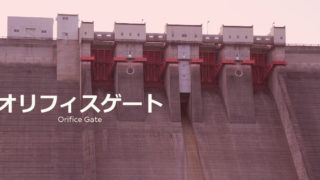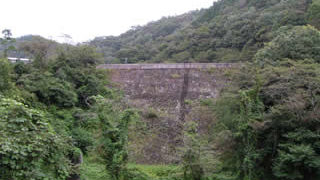 "ka" column or row of the kana syllabary
"ka" column or row of the kana syllabarycable crane
A cable crane is a crane used in dam construction to transport materials and place concrete. Since they transport materials from the aggregate plant to the dam embankment, cables are usually stretched across the dam. Cable cranes themselves are not unique to dams, but those associated with dam construction are generally large, and sometimes only the crane foundations remain after the dam is completed.



